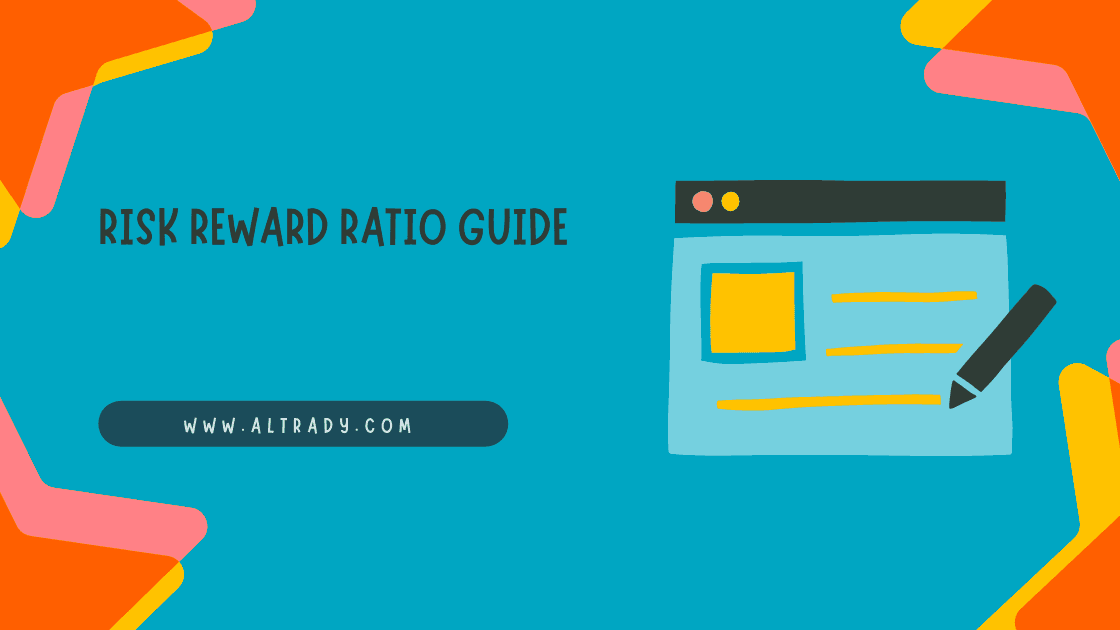Category List

Mastering Risk-Reward Ratio: A Guide to Crypto Trading Success
In the world of investing and trading, understanding and managing risk and reward is crucial, and the realm of cryptocurrency is no exception.
Altrady offers a Risk Management Calculator that can assist traders in making informed decisions and increasing their chances of success. Let's explore the key features and benefits of this calculator.
What is the Risk/ Reward Ratio?
The Risk/ Reward ratio in crypto refers to the potential gains or losses that investors can expect based on the level of risk they are willing to take. It is a fundamental concept that helps traders evaluate the potential returns in relation to the risks involved.
How does the risk-reward ratio work?
In general, the risk-reward ratio suggests that higher potential rewards come with higher levels of risk. For instance, investing in a new and unproven cryptocurrency project may carry more risk but can also offer significant rewards if the project succeeds. On the other hand, established and stable cryptocurrencies like Bitcoin have lower risk levels but also lower rewards.
Utilizing the risk-reward ratio in crypto trading
The risk-reward ratio is particularly valuable for traders when deciding which assets to buy or sell and determining the optimal entry and exit points. By understanding and managing the balance between risk and reward, traders can make more informed decisions, potentially increasing their chances of success.
Here are five ways to manage your risk-reward ratio effectively using Altrady's Risk Management Calculator:
Stop Loss Order: Implementing a stop-loss order is a valuable risk management strategy. This order automatically sells a cryptocurrency when it reaches a predefined price level, thereby limiting potential losses.
Portfolio Diversification: Diversifying your crypto portfolio is another effective way to manage the risk-reward ratio. By spreading investments across different cryptocurrencies and assets, rather than concentrating them in a single investment, you can reduce overall risk and potentially increase rewards.
Setting Realistic Goals: Establishing realistic expectations and goals when trading cryptocurrencies is crucial. By setting attainable objectives, you can avoid making overly optimistic predictions that may lead to excessive risk-taking.
Use Risk Management Tools: Altrady's Risk Reward Calculator provides various tools and strategies to manage risks effectively. These include position sizing, hedging techniques, and risk-adjusted return measures. These tools allow traders to make informed decisions and better evaluate their risk levels.
Continuous Learning and Staying Informed: The cryptocurrency market is dynamic, and staying up-to-date with the latest developments and trends is essential. By continuously learning and staying informed, traders can make informed decisions, adapt to changing market conditions, and manage their risk-reward ratio more effectively.
Understanding Risk-Reward Ratio Examples
To illustrate the risk-reward ratio in action, here are three examples:
- A trader purchases a cryptocurrency at $100 and sets a stop-loss order at $90. If the price falls to $90, the cryptocurrency is automatically sold, limiting the potential loss to $10.
- A trader buys 1 Bitcoin at $10,000 and sets a stop-loss order at $9,000. If the price drops to $9,000, the stop-loss order triggers, limiting the potential loss to $1,000. In this case, the risk-reward ratio is 1:1, as the potential loss equals the potential reward.
- A trader buys 1 Ethereum at $500 and sets a stop-loss order at $450. If the price rises to $550, the trader makes a profit of $50. Here, the risk-reward ratio is 1:10, with the potential reward being ten times greater than the potential loss.
Calculating the Risk-Reward Ratio
To calculate the risk-reward ratio, you must determine the potential reward and loss for a given trade. The potential reward represents the expected profit if the trade is successful, while the possible loss is the amount you could lose if the trade does not go as planned.
The formula for calculating the risk-reward ratio is as follows:
Risk-Reward ratio = Potential Loss / Potential Reward
For example, if you buy 1 Bitcoin at $10,000 and set a stop-loss order at $9,000, the potential loss is $1,000, and the potential reward is also $1,000 (the difference between the buy price and stop-loss price). Therefore, the risk-reward ratio, in this case, would be 1:1, indicating an equal potential loss and reward.
Key Takeaways - Risk-Reward Ratio
It's important to note that the risk-reward ratio provides a rough estimate and does not guarantee specific outcomes. The actual outcome of a trade can vary due to factors such as market conditions and the underlying asset's performance.
In conclusion, Altrady's Risk Management Calculator offers traders a valuable tool to optimize their risk management strategies in cryptocurrency. By understanding and managing the risk-reward ratio using tools like stop-loss orders, portfolio diversification, and setting realistic goals, traders can make more informed decisions and potentially increase their chances of success.
In addition, continuous learning and staying knowledgeable about market developments further enhance the ability to manage the risk-reward ratio effectively.
In this post
- What is the Risk/ Reward Ratio?
- How does the risk-reward ratio work?
- Utilizing the risk-reward ratio in crypto trading
- Here are five ways to manage your risk-reward ratio effectively using Altrady's Risk Management Calculator:
- Understanding Risk-Reward Ratio Examples
- Calculating the Risk-Reward Ratio
- Key Takeaways - Risk-Reward Ratio
























